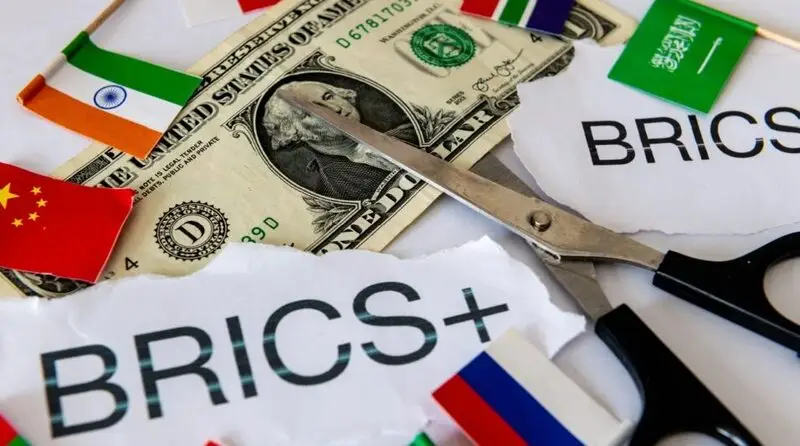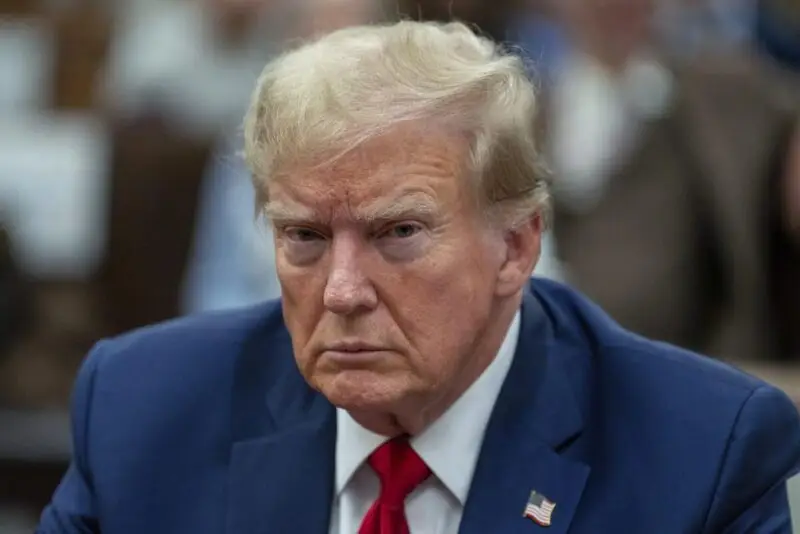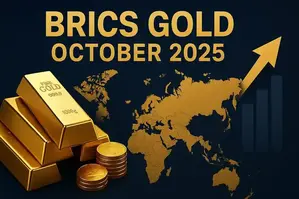De-dollarization is gaining momentum right now as countries around the world seek alternatives to the US dollar for international trade. This global currency shift has actually accelerated in recent months, with nine nations forming various alliances and agreements that reduce dollar dependence, potentially signaling the end of dollar dominance in global finance as we know it.
Also Read: Gold Surges to $3,317.90 as Central Banks Dump Dollars – $3900 In 3 Months?
Why Countries Are Ditching the US Dollar for Global Stability

Countries Leading the De-Dollarization Movement

1. BRICS Nations Lead De-Dollarization

Russia and Iran have officially abandoned the dollar amid ongoing Western sanctions. The global currency shift is becoming quite evident as China’s central bank has also established agreements with over 40 countries to use the yuan for trade instead of the US dollar.
Mohammad Reza Farzin stated:
“We (BRICS members Iran and Russia) have entered into a currency agreement with Russia and fully removed the US dollar. Now we only trade in rubles and rials.”
2. The CIS Bloc Ditches Dollar Dominance

The Commonwealth of Independent States has, at the time of writing, conducted about 85% of cross-border transactions using local currencies, further advancing de-dollarization efforts across Eurasia and beyond.
Vladimir Putin said during a CIS meeting:
“The use of national currencies is widening in mutual payments. Their share in commercial operations among CIS participants has already been above 85%. The process of import phase-out is moving quickly, and thus the technology sovereignty of our country is being strengthened.”
Also Read: De-dollarization: Goldman Sachs Predicts Grim Future for U.S. Dollar
3. ASEAN Nations Reject Dollar Dominance

Indonesia has recently established bilateral trade agreements with India, China, and several other nations that avoid using the US dollar. This de-dollarization trend was actually formalized when Thailand and Malaysia launched the Local Currency Settlement Framework, which continues to expand in the region.
Joyce Chang, Chair of Global Research at J.P. Morgan, acknowledged:
“The dollar’s role in global finance and its economic and financial stability implications are supported by deep and liquid capital markets, rule of law and predictable legal systems, commitment to a free-floating regime, and smooth functioning of the financial system for USD liquidity and institutional transparency.”
Also Read: Bitcoin vs. Gold: How Safe-Haven Assets Reacted to the Tariff Announcement
Trump’s Response to Global Currency Shift

President Donald Trump has, in recent statements, threatened tariffs against countries abandoning the dollar through various de-dollarization initiatives.
Trump declared:
“Many countries are leaving the dollar. They not going to leave the dollar with me. I’ll say, you leave the dollar, you’re not doing business with the United States because we’re going to put 100% tariff on your goods.”
As nations continue seeking monetary sovereignty through de-dollarization strategies, these nine countries ditching the US dollar may represent just the beginning of what could become a fundamental restructuring of international finance and, perhaps, the potential end of dollar dominance as we’ve known it for decades.






